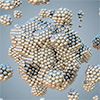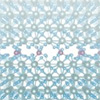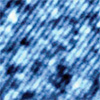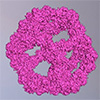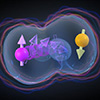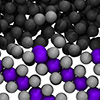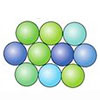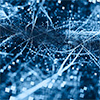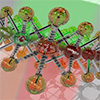Panic attack
Panic attacks are sudden periods of intense fear and discomfort that may include palpitations, sweating, chest pain, shaking, shortness of breath, numbness, or a feeling of impending doom or of losing control. Typically, symptoms reach a peak within ten minutes of onset, and last for roughly 30 minutes, but the duration can vary from seconds to hours. Though distressing, panic attacks themselves are not physically dangerous.
Panic attacks can occur due to several disorders including panic disorder, social anxiety disorder, post-traumatic stress disorder, substance use disorder, depression, and medical problems. They can either be triggered or occur unexpectedly. Smoking, caffeine, and psychological stress increase the risk of having a panic attack. Before diagnosis, conditions that produce similar symptoms should be ruled out, such as hyperthyroidism, hyperparathyroidism, heart disease, lung disease, drug use, and dysautonomia.
Treatment of panic attacks should be directed at the underlying cause. In those with frequent attacks, counseling or medications may be used. Breathing training and muscle relaxation techniques may also help. Those affected are at a higher risk of suicide.
In Europe, about 3% of the population has a panic attack in a given year while in the United States they affect about 11%. They are more common in females than in males. They often begin during puberty or early adulthood. Children and older people are less commonly affected.
Check out these latest Nanowerk News:

